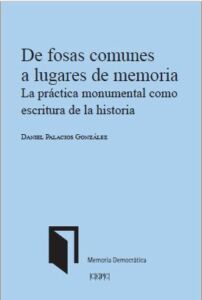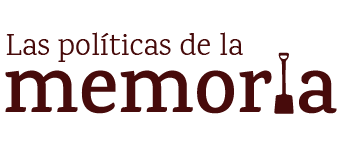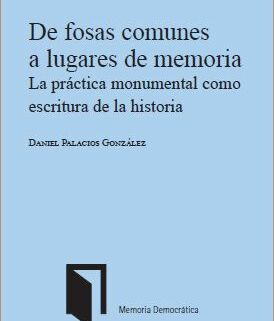PALACIOS GONZÁLEZ, Daniel (2022). De fosas comunes a lugares de memoria. La práctica monumental como escritura de la historia

De fosas comunes a lugares de memoria
La práctica monumental como escritura de la historia
Within this book, I focused on the meaningful gestures of producing images using the bodies buried in the mass graves of the Spanish War and Dictatorship from 1936 until nowadays. The objective I proposed for this research was to define the historical development of monument practices and the forms they had taken, understand them in the society they seek to influence, and try to attribute a sense to them as meaningful gestures. I draw up my cartography of monuments in the country, with 600 records. But, far from seeking unity based on generalisations, I tried to find the logic underlying each of the experiences. To do so, I decided to take a broad sample and leave the quantitative study to approach the practices qualitatively. Accordingly, I selected a large selection of 100, which consisted of visiting the sites and interviewing those involved in these practices.
Additionally, in many of those sites visited, I also developed observation and participant observation in different rituals and events. I organised the book into three parts, each covering a stage of the analysis. In the first part, I answered the question of how the production of monuments evolved and what forms they took. In the second part, I answer the question of how monument practices were incorporated into the society they sought to influence. In the third part, I point out how we are not dealing with simple reactions that respond to the formal logic of tradition, but, on the contrary, they look for a specific and reasonable end goal, a result based on planning and consciousness.
In conclusion, I proved how the monument becomes an expression of the historical consciousness of its producers. How different actors communicated their memories in a meaningful gesture limited by the material reality integrating the bodies in constructing a new image. And how they seek to influence society, not just bury the dead according to a funerary tradition.



